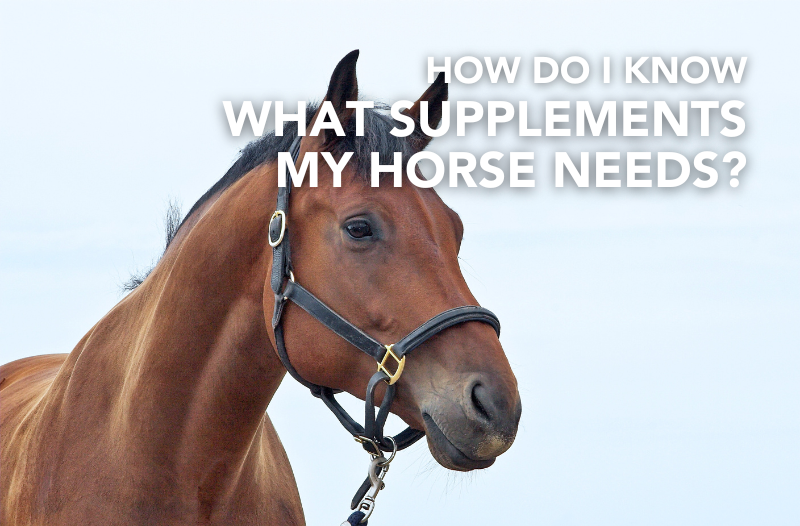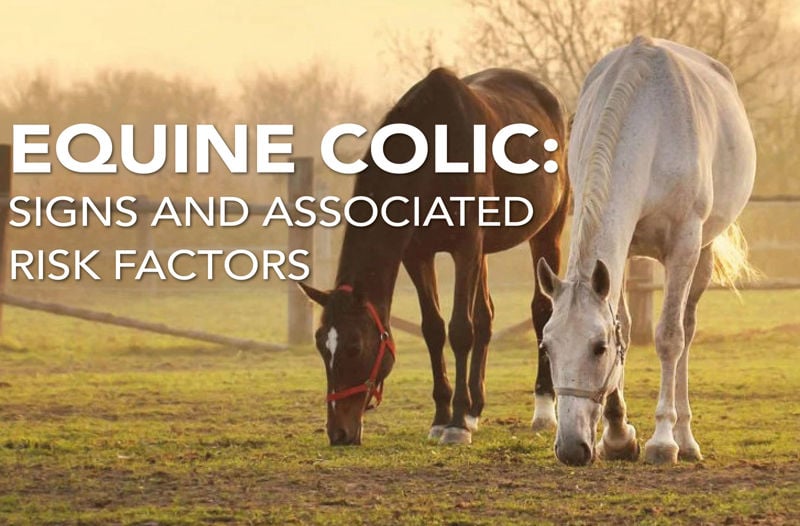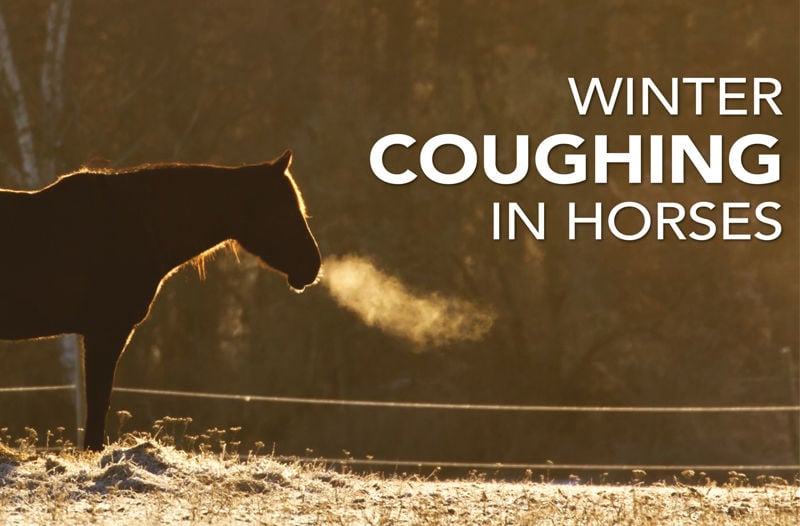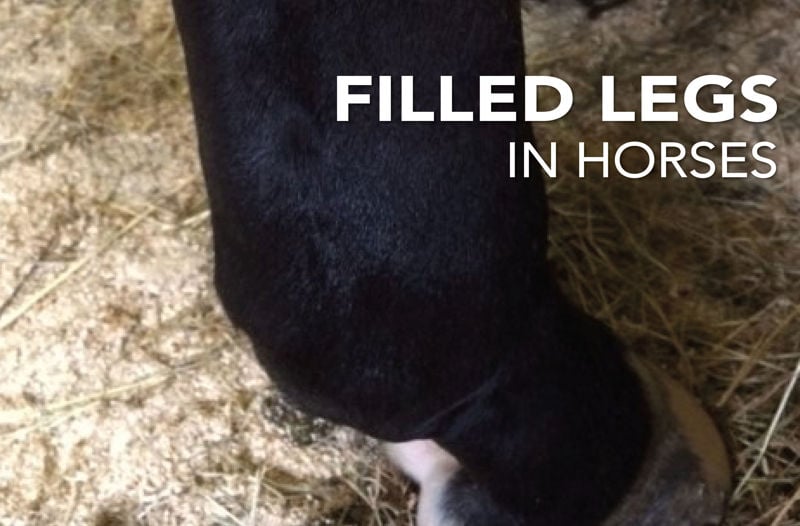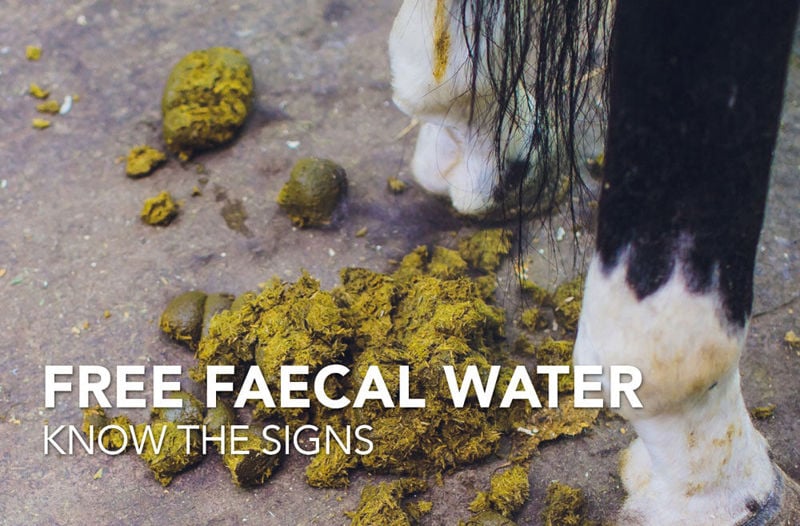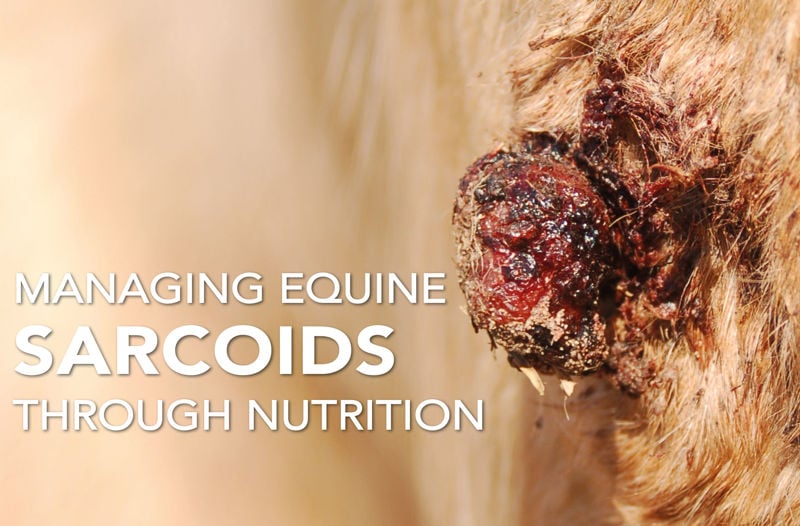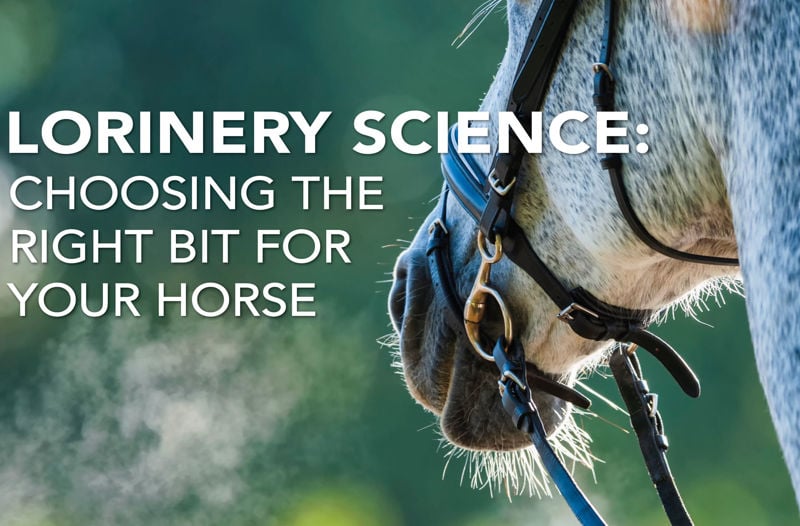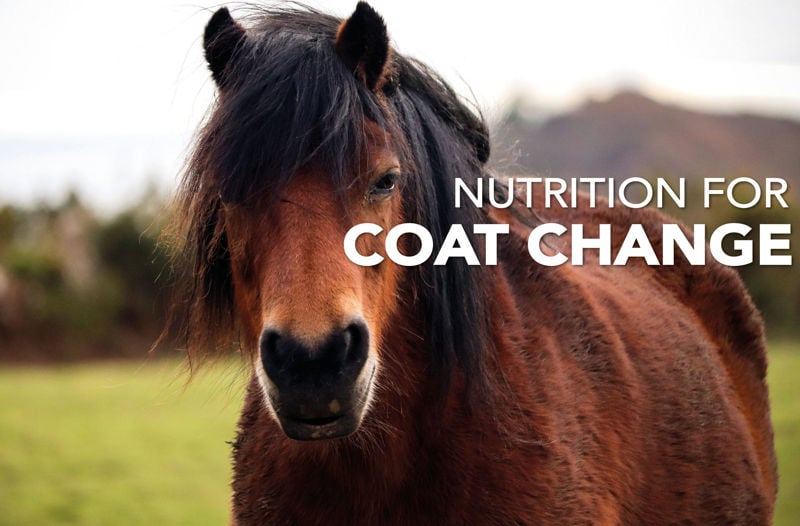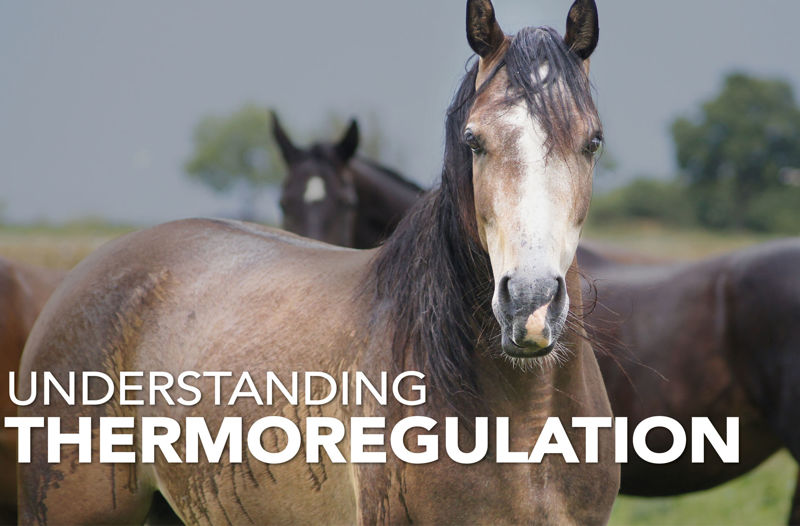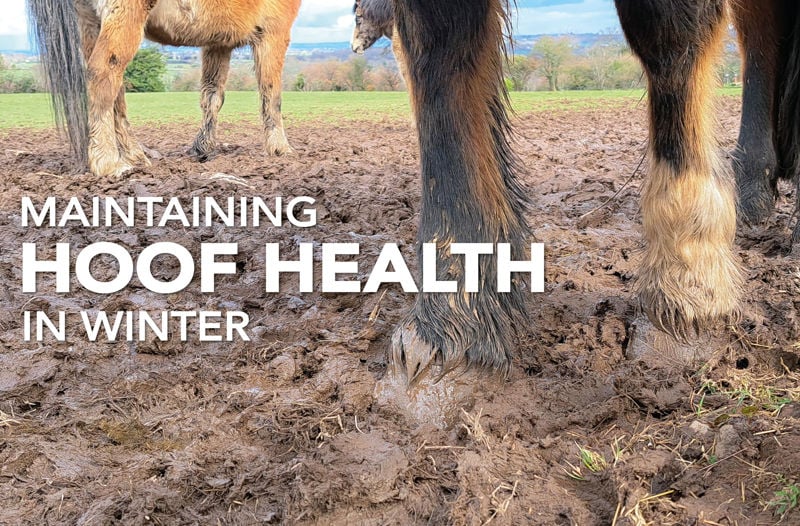There is an increasing amount of choice for horse owners when they are considering supplements for their horse - not just in the brands producing them, but also in the types available.
It can be difficult, therefore, to really be sure which supplements to feed and which are unnecessary for yo...
Colic is a common veterinary problem. Feedmark's Nutritionist explores what colic is, the signs to look out for and its associated risk factors.
Does your horse have a winter cough? Our Registered Nutritionist discusses why your horse may be coughing this winter, and ways to manage it.
Filled legs are a common ailment that is regularly seen among horses as we enter the winter months. Whilst this is a common occurrence, how worried do you need to be and what can you do to help reduce filled legs?
Firework celebrations often negatively impact animals and cause stress for owners. They are generally associated with loud bangs, sudden beams of light and burning smells, all of which can cause fear, distress and trigger the flight-or-fight responses in horses, dogs and many other animal species.
Free Faecal Water (FFW) Syndrome in horses is a non-life-threatening issue, however it is unpleasant for the horse and owner. What do we know about it and what can you do to help support your horse when symptoms occur?
Equine sarcoids are found commonly amongst horses, affecting breeds of all ages and sexes. Stephanie Hyland (MSc. RNutr.), investigates how sarcoids can be managed through nutrition...
As bits work by applying pressure in the horse’s mouth (a highly sensitive part of their body), it’s very important we ensure the bit is comfortable, suitable for that individual, and fitted properly. Bit pressure can be painful and stressful for a horse, so care must be taken when choosing a bit to fix a problem.
Skin and coat health is extremely important and both are used as an indicator of your horse’s overall health status. This week, we look at supporting them via nutrition and what can happen if your horse needs additional support.
Autumn and winter months bring cold and wet weather to the UK which means management and routine changes for our horses. With the temperatures dropping, worries about how to keep horses warm and how to prevent unwanted weight loss start to creep in.
Common Autumn ailments include digestive issues, mud fever, laminitis and skin issues. How can you prepare for Autumn and support your horse’s health throughout this season?
Winter weather can have a huge impact on your horse’s hoof quality therefore it is important to focus on hoof health before the season changes.


